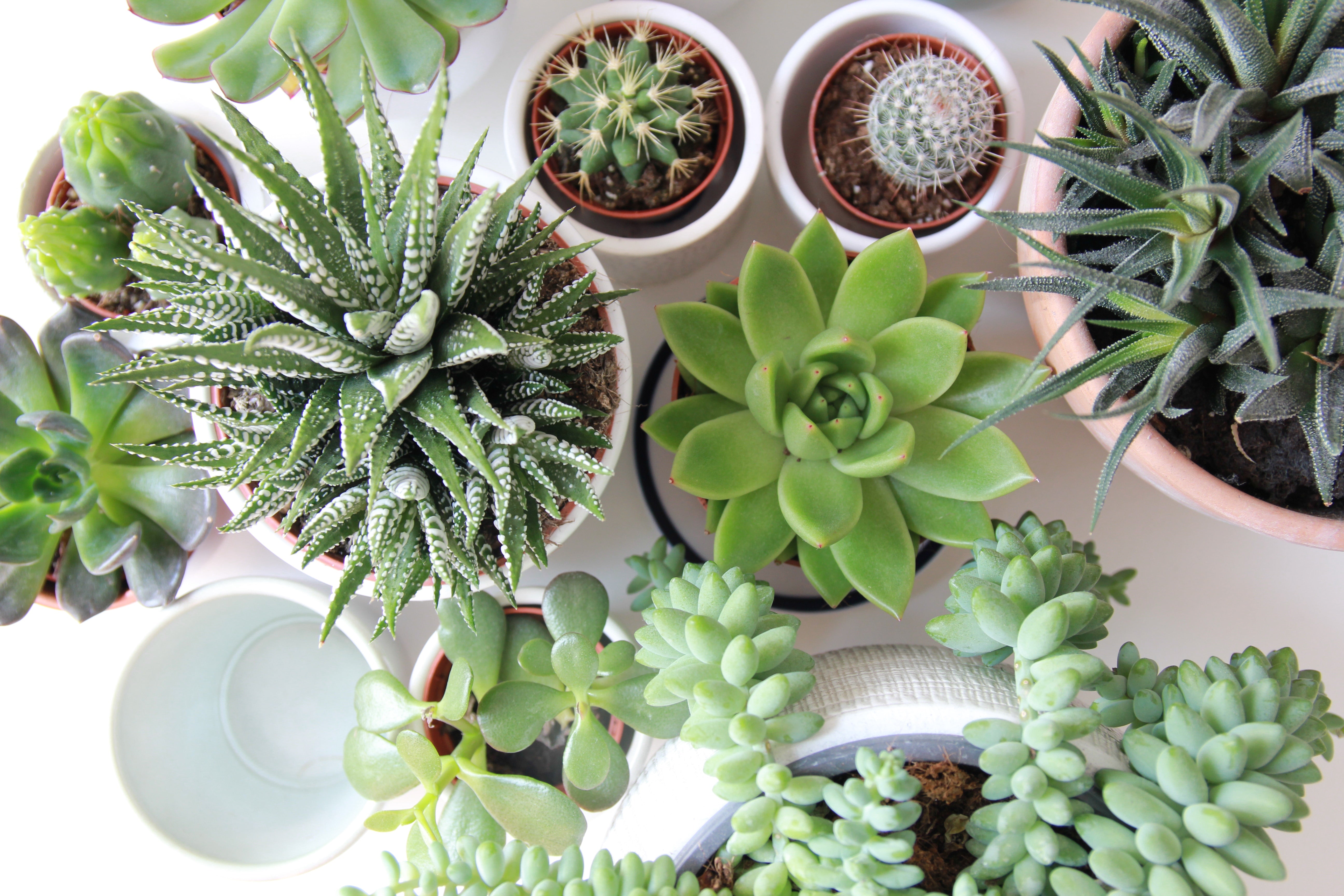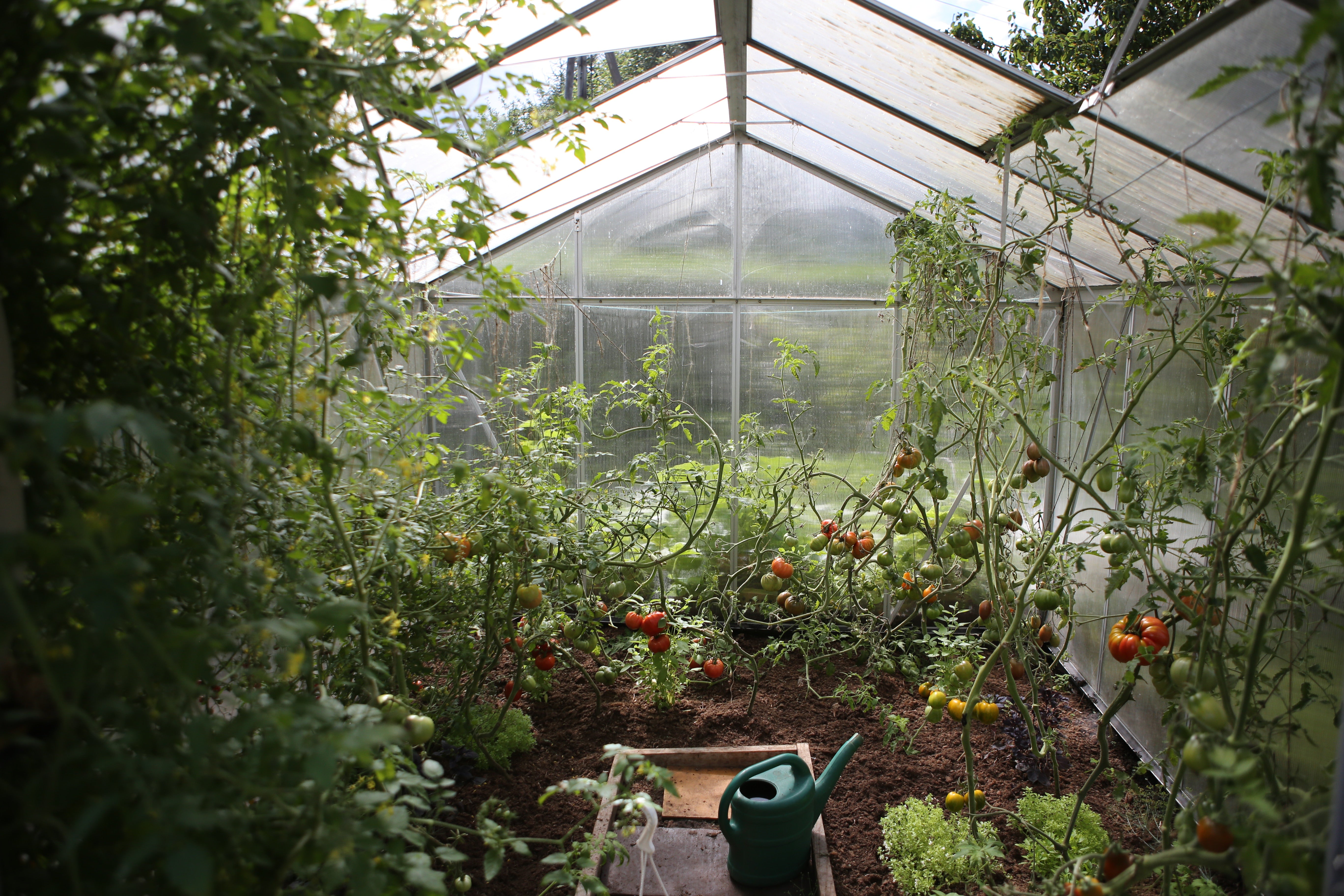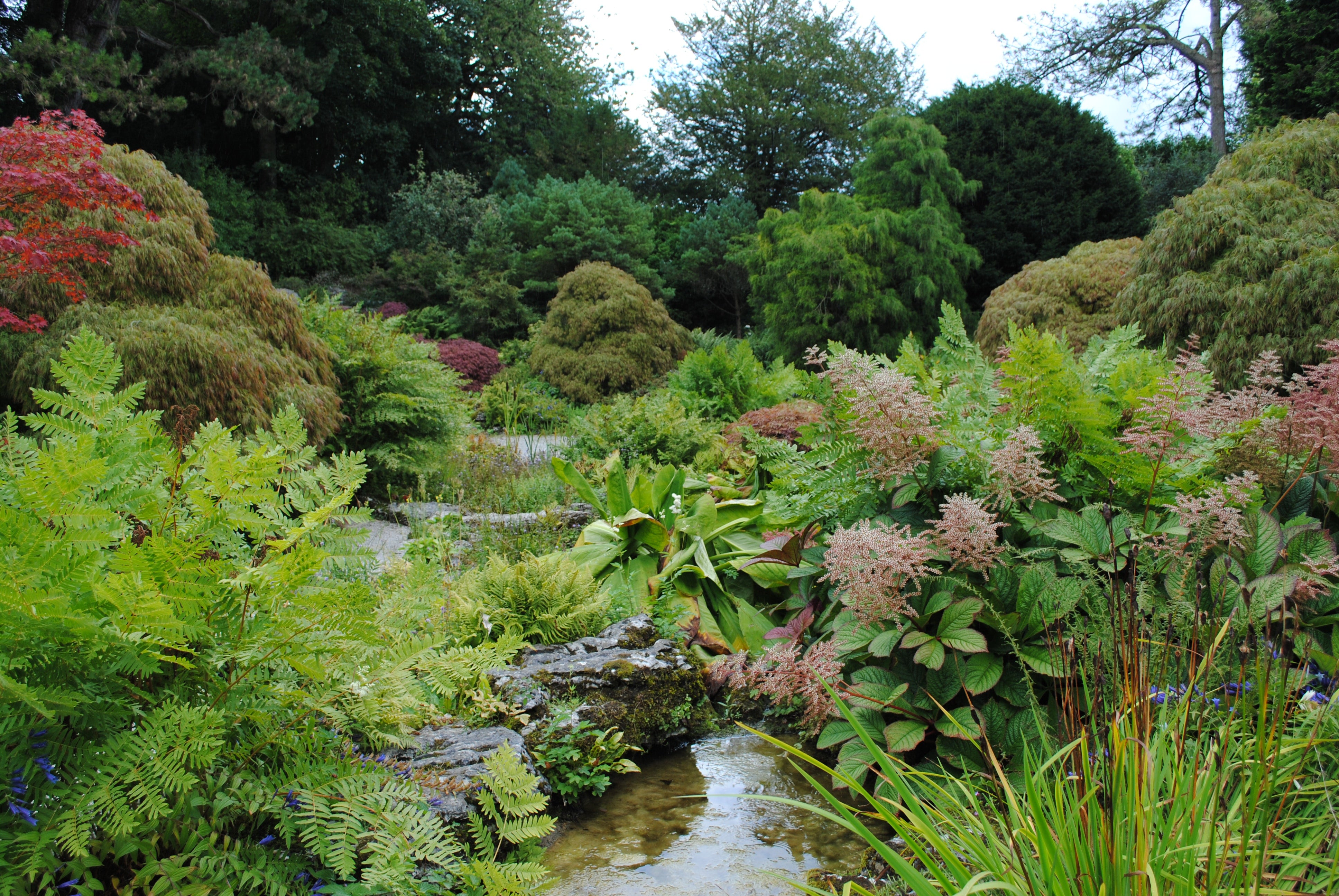
How to Care for Succulents
Succulents are a popular type of plant due to their low maintenance and unique appearance. If you’re looking to add some greenery to your home or office, succulents are an excellent choice. However, like all plants, they require proper care to thrive. In this article, we’ll go over the basics of succulent care, including watering, soil, light, and more.
Understanding Succulents
Before we dive into the specifics of caring for succulents, it’s essential to understand what they are and how they work. Succulents are plants that have evolved to store water in their leaves, stems, and roots. This adaptation allows them to survive in arid climates where water is scarce. Some common types of succulents include cacti, aloe vera, and echeveria.
Choosing the Right Pot and Soil
One of the most critical factors in succulent care is choosing the right pot and soil. Succulents prefer well-draining soil that allows excess water to drain away quickly. They also require pots with drainage holes to prevent water from accumulating at the bottom, which can cause root rot.
When selecting a pot, choose one that is slightly larger than the plant's root ball. This will allow room for growth without drowning the plant in too much soil. Additionally, choose a pot that matches the style of your succulent. For example, cacti look great in terracotta pots, while echeveria look best in ceramic or glass pots.
Watering Succulents
Succulents are drought-tolerant plants, meaning they can go for extended periods without water. However, this doesn't mean you should neglect them entirely. The key to watering succulents is to wait until the soil is completely dry before watering again.
To water your succulent, pour water slowly onto the soil until it begins to drain out the bottom of the pot. Be sure to let the excess water drain away completely to prevent root rot. It's also a good idea to avoid getting water on the leaves or stem of your succulent, as this can cause damage or rot.
Providing the Right Amount of Light
Like all plants, succulents need light to thrive. However, they require different levels of light depending on the species. Some succulents, like cacti, prefer full sun, while others, like haworthia, prefer partial shade.
As a general rule, succulents prefer bright, indirect light. Place your succulent near a window that receives plenty of sunlight throughout the day. However, be sure to avoid placing it in direct sunlight, as this can cause sunburn or damage to the plant.
Fertilizing Succulents
Succulents don't require a lot of fertilizer, but they do benefit from occasional feeding. Use a balanced, water-soluble fertilizer every two to three months during the growing season (spring and summer).
Be sure to follow the instructions on the fertilizer package carefully. Overfertilizing can damage or even kill your succulent.
Dealing with Common Problems
Despite their reputation for being low maintenance, succulents can still experience a few common problems. One of the most common issues is overwatering, which can cause root rot and other damage. To avoid this, be sure to wait until the soil is completely dry before watering again.
Another common problem is pests, such as mealybugs and spider mites. To prevent these pests from infesting your succulent, keep it clean and free of debris. You can also treat the plant with insecticidal soap or neem oil if necessary.
Conclusion
Caring for succulents is relatively easy, as long as you follow a few basic guidelines. Remember to choose the right pot and soil, water your succulent only when the soil is completely dry, provide the right amount of light, fertilize occasionally, and watch out for common problems like overwatering and pests. With a little bit of care, your succulent will thrive and add a touch of green to your home or office.
FAQs
-
Can succulents survive without sunlight? While succulents can survive in low-light conditions, they need bright, indirect light to thrive.
-
How often should I water my succulent? Water your succulent only when the soil is completely dry. Depending on the environment, this may be every few weeks or even every few months.
-
How can I tell if my succulent is overwatered? Overwatered succulents may appear mushy or have yellow leaves. The soil may also be damp or have a foul odor.
-
Can I propagate my succulent? Yes, many succulents can be propagated by taking cuttings and allowing them to root in soil.
-
What should I do if my succulent gets sunburned? If your succulent gets sunburned, move it to a shadier location and gradually reintroduce it to bright, indirect light over the course of several weeks.
-
How do I know if my succulent needs fertilizer? If your succulent appears pale or isn't growing as quickly as you'd like, it may benefit from fertilizer. However, be sure to follow the instructions carefully and avoid overfertilizing.
-
What should I do if my succulent gets pests? If you notice pests on your succulent, such as mealybugs or spider mites, treat the plant with insecticidal soap or neem oil. Additionally, keep the plant clean and free of debris to prevent infestations.
-
Can I keep different types of succulents in the same pot? While it is possible to keep different types of succulents in the same pot, it's important to choose species that have similar watering and light requirements. Additionally, be sure to provide enough space for each plant to grow.
-
How often should I repot my succulent? Succulents generally don't need to be repotted very often, as they prefer to be slightly root-bound. However, if your plant has outgrown its pot or the soil has become compacted, it may be time to repot.
-
Can I grow succulents outdoors? Yes, many succulents can be grown outdoors in warm, dry climates. However, be sure to choose species that are appropriate for your region and provide adequate protection from extreme weather conditions.
In conclusion, caring for succulents is relatively easy as long as you follow a few basic guidelines. By choosing the right pot and soil, watering correctly, providing adequate light, fertilizing occasionally, and watching out for common problems, you can enjoy beautiful, thriving succulents in your home or office. With a little bit of care and attention, these unique and low-maintenance plants can brighten up any space.




Leave a comment
This site is protected by hCaptcha and the hCaptcha Privacy Policy and Terms of Service apply.